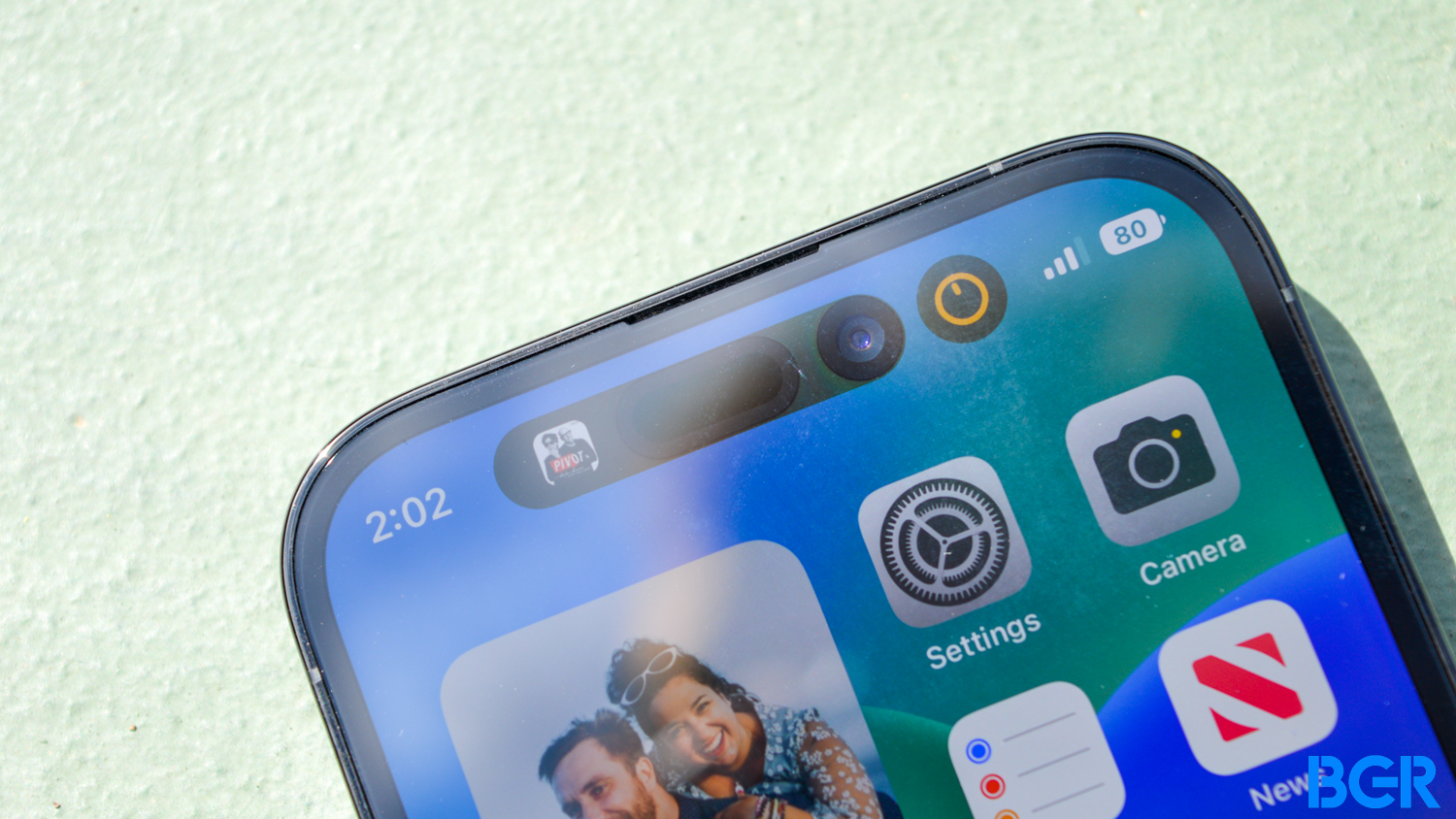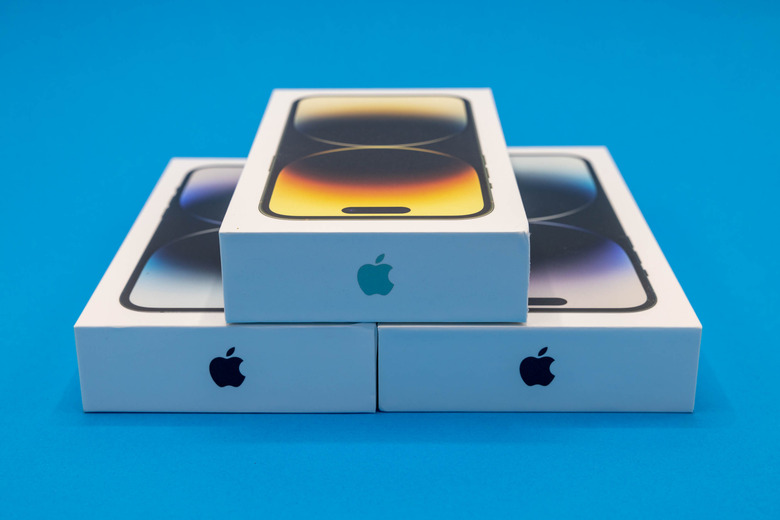iPhone 15's A17 Bionic Prioritizing Battery Life Over Performance Would Be A Huge Win
The iPhone 15 series is about nine months away, but there are already plenty of rumors detailing Apple's next-gen smartphone. The A17 Bionic System-on-Chip (SoC) inside the iPhone 15 Pro and Ultra has also started appearing in leaks, with reports claiming the new 3nm chip will offer better performance while consuming less battery power.
Battery life improvements are expected from newer chips, as they should be more efficient than their predecessors. But considering what we're seeing with the iPhone 14 Pro right now, battery life seems like the most important upgrade from the A17 rather than the speed bump.
We've reached a point in the smartphone wars where we're near peak processor performance. The A16 Bionic powering the iPhone 15 Pro models has no rival right now when it comes to performance. But the differences are minor, and you'll only notice them if you happen to use multiple last-gen smartphones at the same time.
That's why the base iPhone 14 and 14 Plus are such amazing devices, despite rocking the A15 chip that the iPhone 13 Pros got. They're incredibly fast and will outperform newer SoCs, like Google's custom chips in the Pixel 7.
As I explained before, I did buy the iPhone 14 Pro, but I'm not using it at its full potential. That means the phone's massive performance goes underutilized most of the time. I could easily get the same overall iPhone experience from an iPhone 14 or 14 Plus.
However, I've come to realize that the reason I appreciate the iPhone 14 Pro the most is its battery life. I've reached the point where I don't recharge the phone overnight anymore. The battery will easily last more than a day on regular use. And yes, I have the Always-on display turned off, a feature I absolutely don't need from the iPhone.

In conclusion, the A16's efficiency is the highlight of the iPhone 14 Pro for me and a good reason to buy the handset if you want amazing battery life. The iPhone 14 Pro Max will last even longer on a charge, considering it features a larger battery pack.
Next year's iPhone 15 series should follow the same chip pattern. The 15 Pro and Ultra should get the new A17 Bionic, while the iPhone 15 and 15 Plus would feature the A16 Bionic SoC. That's assuming Apple doesn't operate any changes to the 2023 iPhone lineup.
That 3nm A17 Bionic chip should be faster than the 4nm A16 Bionic but also more efficient. A recent Bloomberg report said the A17 would consume 35% less power than 5nm chips like the A15 while delivering better performance. It's unclear how much more efficient the A17 is compared to the A16. But it should consume less energy to provide the same processing power. This will improve overall battery life.
Considering that it's getting harder and harder for next-gen chips to deliver significant speed gains over previous years or for consumers to notice those speed improvements during day-to-day iPhone use, battery life should easily be the feature Apple focuses on next year.
Until we see and test the iPhone 15 Pro and Ultra, that's all speculation. But remember that the iPhone 13 Pro Max crushed all Android phones last year in battery life tests. And the iPhone 14 models did terrific in this year's tests. Apple's custom SoCs that power the handsets play a significant role in that.
